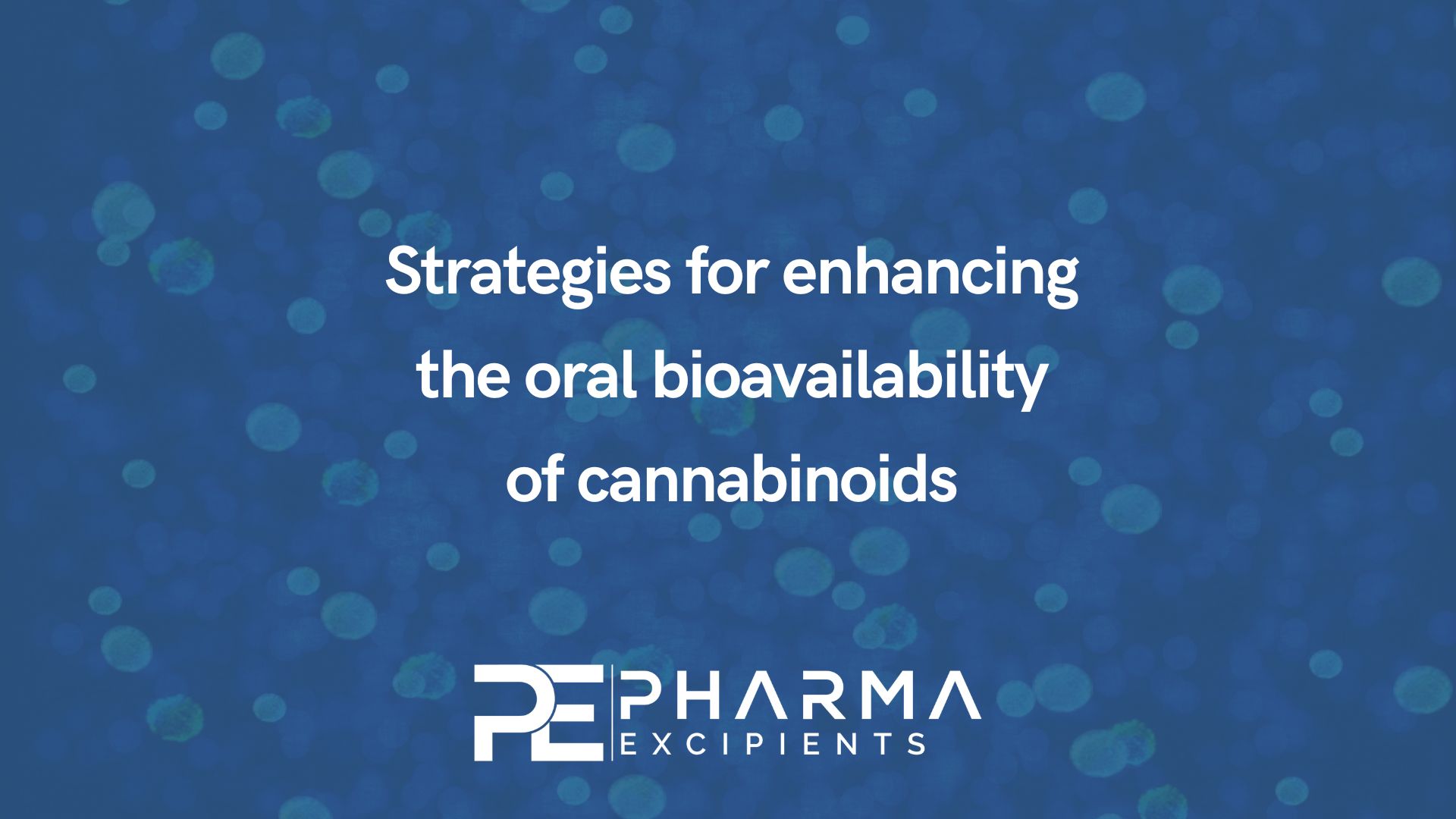Strategies for enhancing the oral bioavailability of cannabinoids

Introduction
Oral administration of cannabinoids is a convenient route of administration in many cases. To enhance the poor and variable bioavailability of cannabinoids, selected strategies utilizing proper delivery systems have been designed. Low solubility in the GI aqueous media is the first and most critical barrier. Thereafter, cannabinoids can reach the systemic blood circulation via the portal vein that is associated with significant hepatic first pass metabolism (FPM) or bypass it via lymphatic absorption.
Areas covered
The solubility obstacle of cannabinoids is mainly addressed with lipid-based formulations such as self-nanoemulsifying drug delivery systems (SNEDDS). Certain lipids are used to overcome the solubility issue. Surfactants and other additives in the formulation have additional impact on several barriers, including dictating the degree of lymphatic bioavailability and hepatic FPM. Gastro-retentive formulation is also plausible.
Expert opinion
Comparison of the role of the same SNEDDS formulation, cyclosporine vs. cannabinoids, when used to elevate the oral bioavailability of different compounds, is presented. It illustrates some similarities and major mechanistic differences obtained by the same SNEDDS. Thus, the different influence over the absorption pathway illuminates the importance of understanding the absorption mechanism and its barriers to properly select appropriate strategies to achieve enhanced oral bioavailability.
(2022) Strategies for enhancing the oral bioavailability of cannabinoids, Expert Opinion on Drug Metabolism & Toxicology, DOI: 10.1080/17425255.2022.2099837
See our webinar on SNEDDS:


